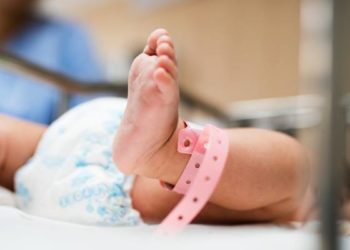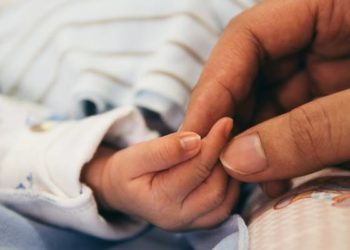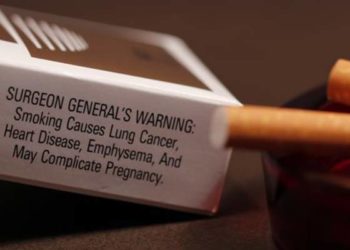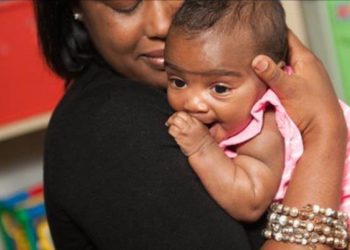Infant room-sharing associated with less nighttime sleep and unsafe sleep practices
1. Infants who were sleeping independently at 4 months of age were reported to have longer stretches of sleep than those sharing a room with a provider.
2. At 4 months of age, room-sharing infants had greater odds of having an unapproved object (blankets, pillows, positioners, etc.) on their sleep surface than those who were sleeping independently.
Evidence Rating Level: 3 (Fair)
Study Rundown: Recent American Academy of Pediatrics (AAP) recommendations encourage infant-parent room-sharing through the age of 1. It is well known that decreased quality sleep and short durations have been associated with adverse outcomes including decreased cognitive and psychomotor function. Despite the publication of the AAP Policy Statement, few research studies have directly examined the potential connection between room-sharing and sleep outcomes. This study sought to evaluate the associations between sleep space and sleep-related outcomes. Through a combination of nurse home visits and research center visits, mothers completed the Brief Infant Sleep Questionnaire, evaluating their infants’ sleep, at 4, 9, 12 and 30 months. Results suggested that at 4 months, early independent sleepers (those sleeping in their own rooms by 4 months of age) had longer stretches of sleep than those still sharing a room with a provider at 9 months of age. In addition, at 9 months, early independent sleepers slept 40 minutes longer than room-sharers and 26 minutes more than later independent sleepers (those sleeping in their own rooms between 4 to 9 months). Overall, room-sharing was associated with less nighttime sleep, lower sleep consolidation, and unsafe sleep practices previously associated with sleep-related death. This study was limited in that results came from a randomized control trial where the control group, only, received information aimed at reducing SIDS. Another limitation was the homogeneity of the population sample, thus limiting its generalizability. This information is pivotal for primary care pediatricians who advise new parents on safe sleep habits daily. Although the AAP does recommend same-room sleeping up until the age of 1, the results of this study suggest there may be value in revising the recent policy statement.
Click to read the study, published today in Pediatrics
Relevant Reading: 2016 Recommendations for a Safe Infant Sleeping Environment
In-Depth [case-control study]: Researchers incorporated data from mothers and infants recruited as part of the Intervention Nurses Start Infants Growing on Healthy Trajectories (INSIGHT) study. Nurses conducted home visits at infant ages 3 to 4 weeks, and then at ages 4, 6, and 9 months. Research center visits occurred at 1 and 2 years of age. Data was retrieved from the Brief Infant Sleep Questionnaire, which includes questions regarding sleep duration and overnight behaviors, Among the 230 mother-infant pairs included, 142 (62%) were identified as early independent sleepers, 62 (27%) were identified as later independent sleepers, and 26 (11%) were room-sharing at 9 months. At 4 months, early independent sleepers were reported to have better sleep consolidation than those who were room-sharing (p=0.02). At 9 months of age, early independent sleepers slept on average 627 minutes per night compared with 601 minutes for later independent sleepers and 587 for those who were room-sharing at 9 months of age (p=0.008). At 9 months, early independent sleepers had the best sleep consolidation with the longest sleeping stretches. While there was no difference between any groups at 12 months, it was noted that at 30 months, early and later independent sleepers slept on average 45 minutes longer at night than those who were room-sharing at 9 months (p=0.004). At 4 months of age, early independent sleepers had increased odds of having a consistent bedtime routine (aOR 1.93; 95%CI 1.05-3.53) when compared to room-sharers. Lastly, in regards to bedtime safety, at 4 months of age, room-sharing infants had greater odds of having an unapproved object (blankets, pillows, positioners, etc) on their sleep surface than those who were sleeping independently (aOR 2.04, 95%CI 1.17–3.57).
Image: CC/Wiki/Andres Nieto Porras
©2017 2 Minute Medicine, Inc. All rights reserved. No works may be reproduced without expressed written consent from 2 Minute Medicine, Inc. Inquire about licensing here. No article should be construed as medical advice and is not intended as such by the authors or by 2 Minute Medicine, Inc.







